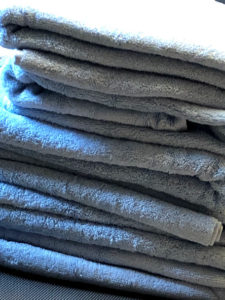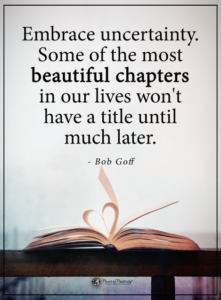During my runs – which, are getting a little longer as the days get longer – I actively listen to podcasts. I intentionally select podcasts that are not education, as a way to engage a different part of my brain. In some cases, I select entertainment to provide a much-needed brain break. My podcast list is filled with an eclectic variety of voices, providing lots of growth, entertainment, and opportunities for reflection during my runs!
Earlier this week, I listened to Rachel Hollis’s It’s Time for Rachel’s Five Favorite Things (Episode 177) where she unpacks her five favorite moments in 2020.
In reflecting on 2020, I realized that I have so much gratitude. What a great blogpost this would make!
Without further adieu, here are my five favorite moments from 2020:
(in no particular order…)
Celebrating BIG things
This year, our family celebrated lots of BIG things: Our oldest daughter graduated (on the same day) from high school and the community college, as a student in our district’s dual enrollment program. She earned four academic scholarships from the university and two local scholarships, as well as graduation honors at both virtual ceremonies. She started college as as a junior in the Honors Program where she is also a Varsity Swimmer and Margaritaville University Ambassador. Our youngest finished the year 2nd in her class, and she started the same community college program in the fall while working and playing two varsity sports (simultaneously). Both girls had excellent Fall college semesters, earning Dean’s List and exempting exams. The uncertainty of the pandemic did not disrupt their academic achievement, and we celebrated each and every milestone with cake. {Note: This probably explains my current nutrition goals!}
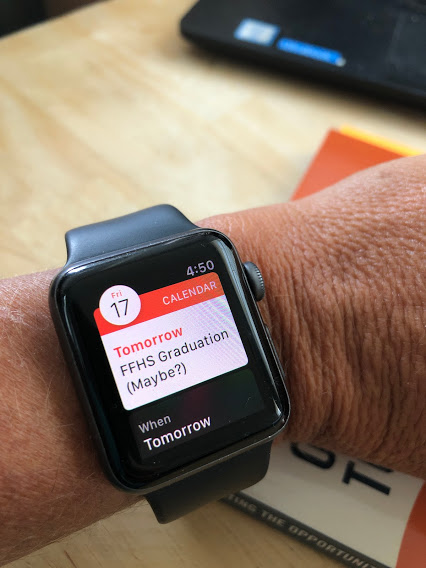
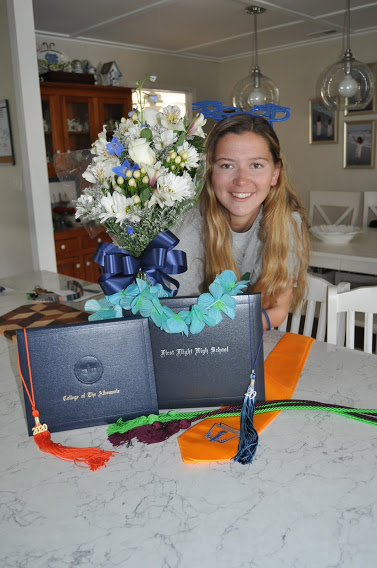
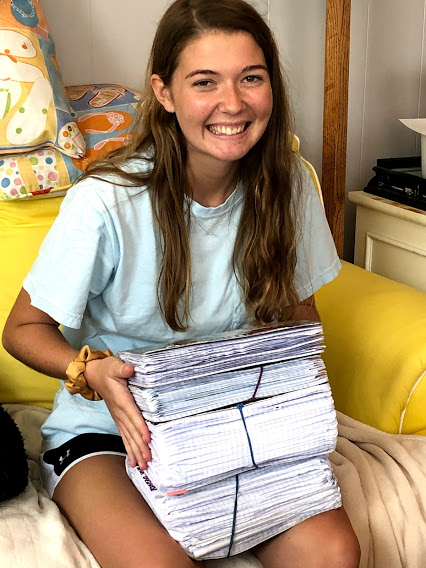
Celebrating the everyday
We soaked up every moment of every day with NetFlix family nights in the outdoor theatre, remodeling projects, vivid sunsets, outdoor restaurants, and bike rides. The slower pace allowed us to pay more attention to the world around us, so we took full advantage of a slower pace.
Charcuterie Boards
We certainly enjoyed serving EVERYthing on a board. EVERYthing.

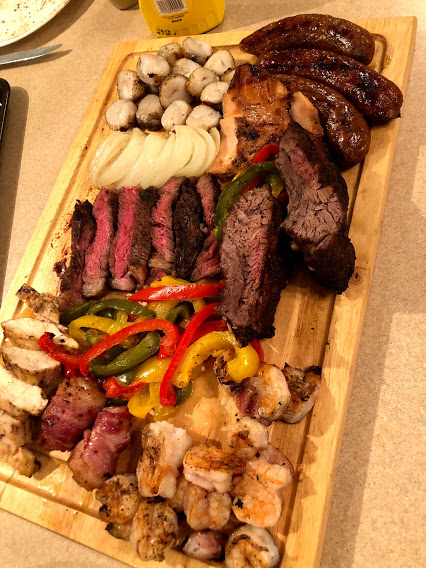
Life on a Sandbar
Bike rides to the sunset. Outdoor seafood dining. Fishing. Surfing. Skimboarding. Turtle watching. Seal watching. Sea glass hunting.

Puppies
Our puppies certainly adjusted positively to our extra time at home! And, we added a new member to the family – my nephew Fezzik. Life is better with puppies!

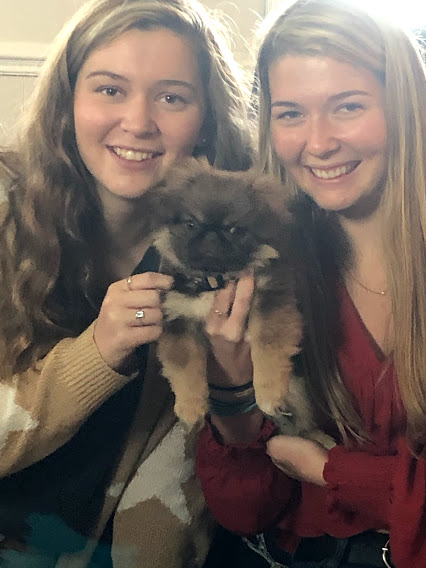
So, tell me.
What are your Top 5?

